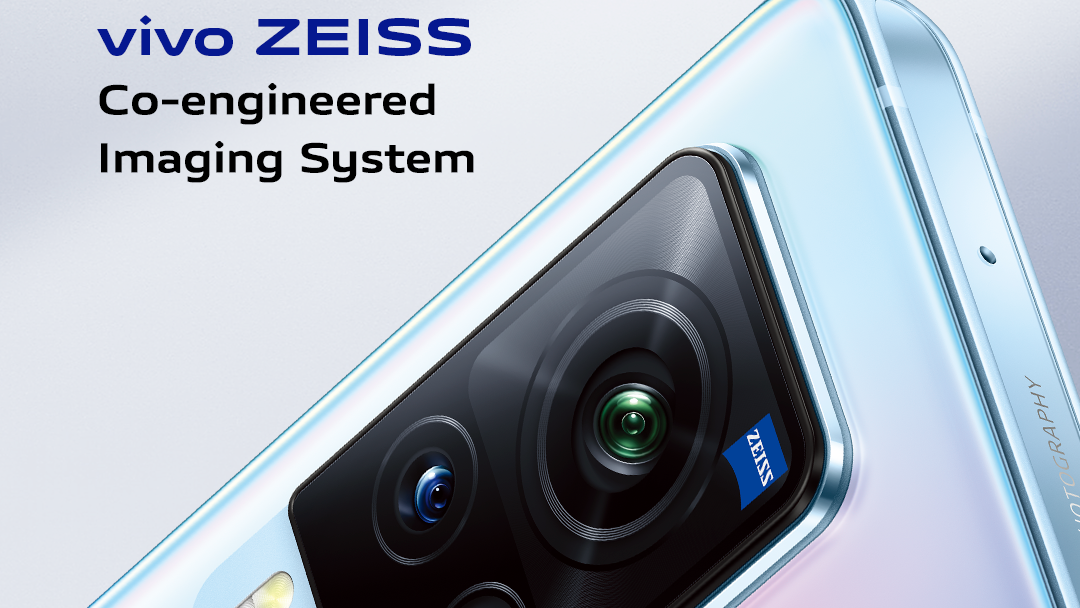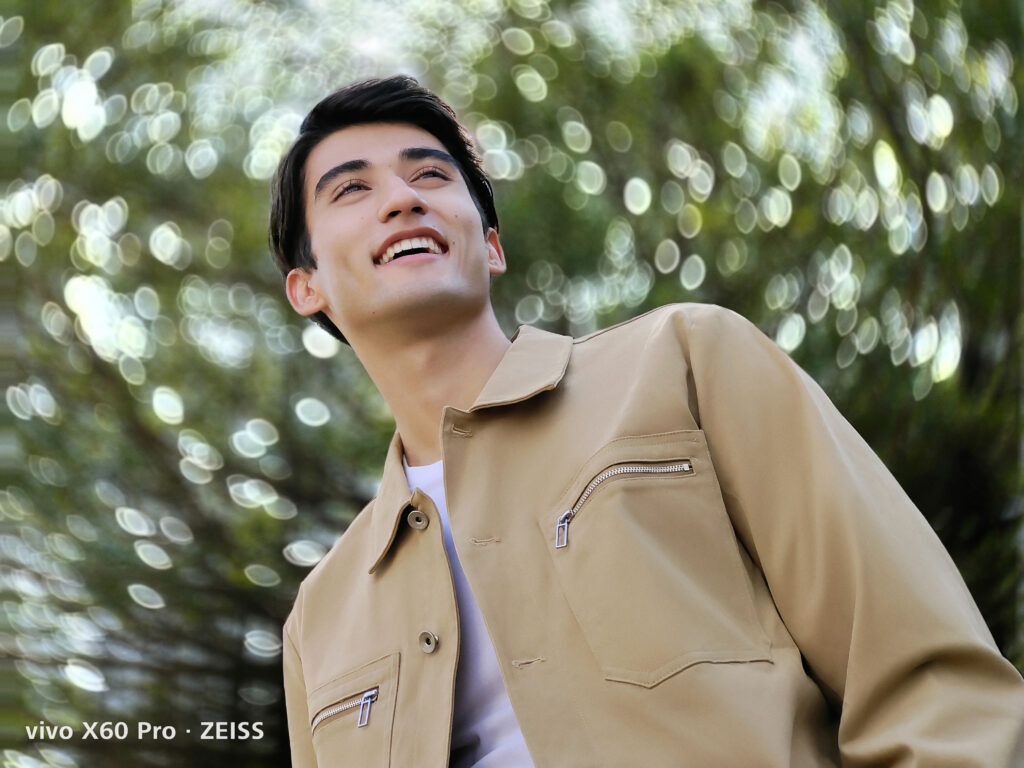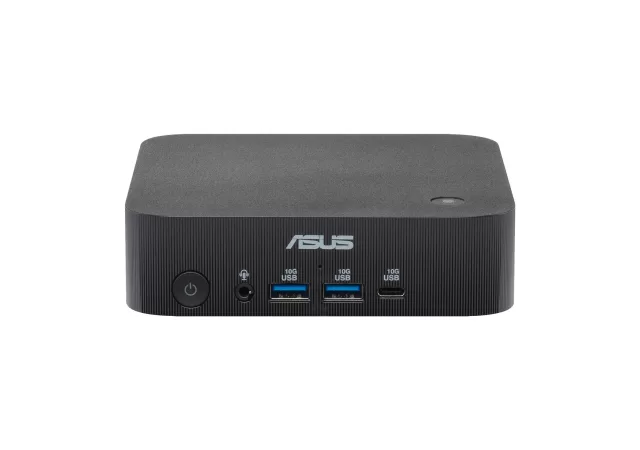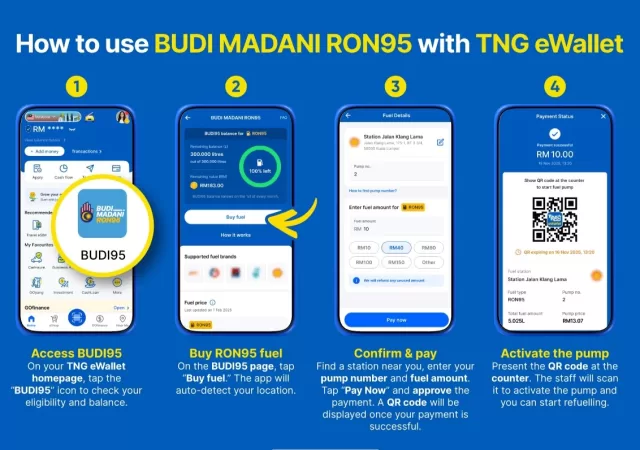Mobile photography seems to be gaining steam with industry leading companies like ZEISS partnering with mobile manufacturers like vivo to push the boundaries of photography – particularly when it comes to mobile. Over the past few years, it seems like more and more people are turning to their smartphones as their go to phones and with companies like Sony pushing the boundaries with camera sensors, more attention has been paid to complementing them with better software and hardware.
The partnerships between brands like vivo and ZEISS can take many forms. In fact, we’ve seen the different ways these can play out in just the past two months. Of course, one of the partnerships we’ve seen is in the recent announcement of Hasselblad’s collaboration to improve mobile photography. In their collaboration, Hasselblad’s know-how is applied in the algorithm that is used to process the information from the sensor into the final photo. We also see partnerships where the imaging companies provide only the hardware, in the form of lenses or augmented sensors, for mobile brands to use similar to the partnership LEICA is involved in.
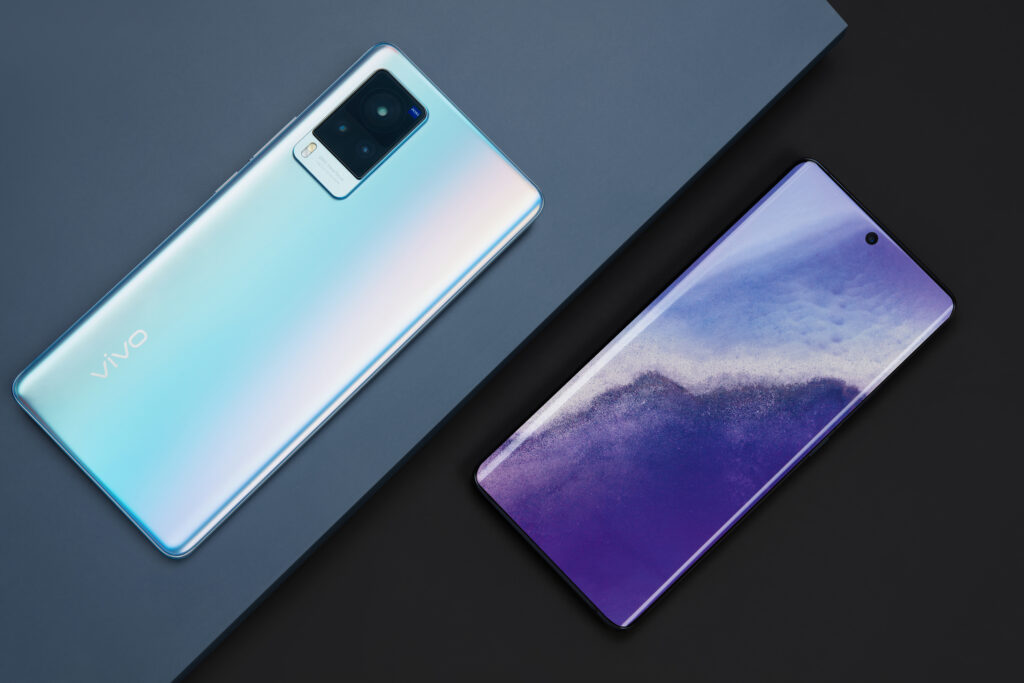
However, in the case of vivo and ZEISS, the companies are looking break new ground. They have first laid the groundwork for a partnership and collaboration that doesn’t just come in smartphone technology. They have setup the “vivo ZEISS Imaging Lab” which is focusing on developing and improving optical performance when it comes to mobile imaging. Of course, these developments will naturally trickle down to vivo’s premium flagship smartphones where, in recent years, vivo has been working to push the boundaries of creative expression.
The vivo X60 Series – A True Camera First Premium Flagship
vivo’s X60 series is the first smartphone to be on the receiving end of the partnership between vivo and ZEISS. Over the past few years, vivo has used the X series of smartphones to zoom in on creators and imaging enthusiasts. They have infused the smartphones with revolutionary technologies that up the ante in a way we’ve not seen in the industry just yet.
vivo’s quarter of a decade of experience in creating mobile devices is further honed by their X50 series. The first debut of their gimbal technology brought a fresh breath of air into a still space when it came to technological innovations. That’s further enhanced in their collaboration with ZEISS. The collaboration is a pervasive marriage of both companies’ prowess ranging from the software to hardware of the cameras featured on the X60 series of smartphones.
ZEISS Biotar Portrait Style
The new vivo X60 series comes with a whole slew of features that put the collaboration front and centre but, perhaps, the most visible inclusion of ZEISS in the ability of the X60 series to reproduce pictures taken with ZEISS’s signature Biotar lenses. The pictures taken in this mode on the X60 series come with the central resolution and rotational bokeh that are the hallmark of ZEISS’s Biotar lenses. This is achieved with the progressive bokeh simulation and distributed blurred spot rotation of the algorithm on vivo’s X60 series smartphones.
Of course, the ZEISS Biotar Portrait style isn’t the only filter or style available on the X60 series. In fact, it actually joins a formidable arsenal that includes multiple night filters such as Black and Golden which highlights the shadows and turns the photo a golden sepia for a deep, emotional flare.

Gimbal Stabilization 2.0
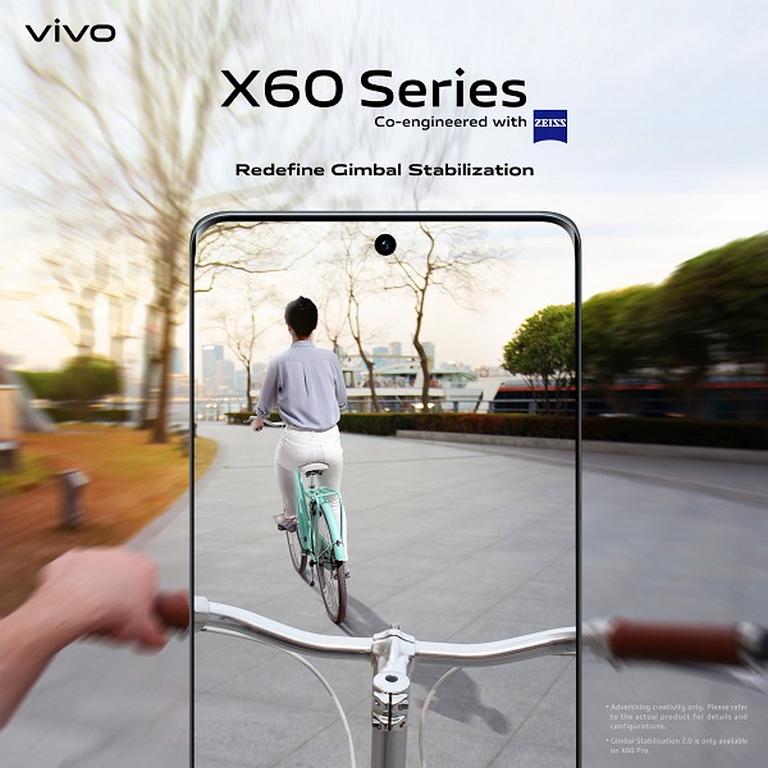
The hallmark of vivo’s X series since its introduction last year is Gimbal Stabilization. This year, the vivo X60 series brings along Gimbal stabilization 2.0. The new updates to the feature include a new, customised Sony IMX598 with a larger aperture for better low light performance and sharper images. The feature also comes with vivo’s own VIS 5-axis video stabilization which allows the sensor to compensate for sudden jerks and movements that can occur when shooting videos, particularly action shots. The sum of these features is a cinema grade, stabilised video which is ready to upload and show off to the world.
Powered by A Flagship Grade processor
The vivo X60 series doesn’t just bring features some might consider gimmicks. It comes packing the Snapdragon 870 SoC which packs quite the punch when it comes to performance. The performance oriented SoC comes with 8-cores which allows it to take on more demanding tasks with more gusto. In fact, the built-in AI features power some of the vivo X60 series’ hallmark features and is responsible for the optimisations that result in better battery life. The SoC also enables the many algorithms that help create the filters and features that complement the camera hardware on the vivo X60. This includes the ZEISS powered filters.
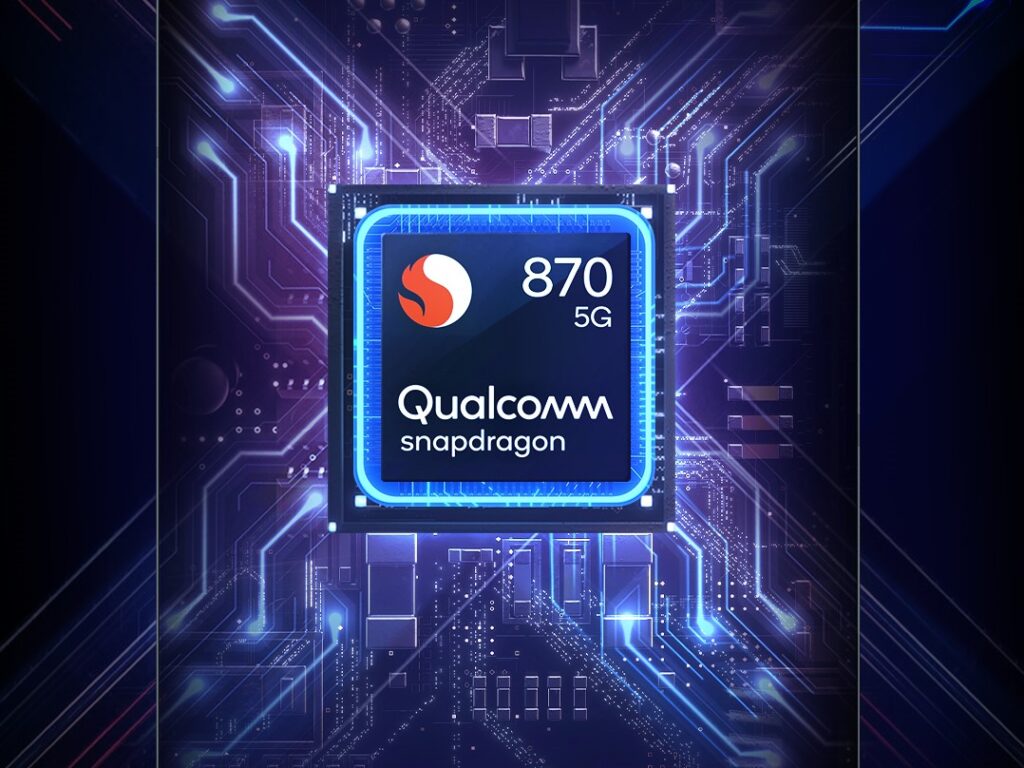
All in all, the ground-up approach vivo is using in its partnership with ZEISS has only just begun. ZEISS has the prowess and know-how to help vivo level up its camera game in the long run and it’s very clear that the vivo X60 series is only the tip of the iceberg when it comes to the fruits of this partnership.
DISCLAIMER:
This is a paid advertorial and does not represent the views and opinions of the techENT editorial board.



